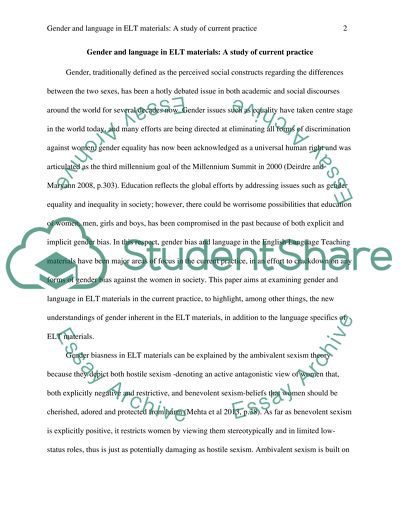Cite this document
(“Gender and language in ELT materials Essay Example | Topics and Well Written Essays - 2000 words”, n.d.)
Retrieved from https://studentshare.org/english/1480849-gender-and-language-in-elt-materials
Retrieved from https://studentshare.org/english/1480849-gender-and-language-in-elt-materials
(Gender and Language in ELT Materials Essay Example | Topics and Well Written Essays - 2000 Words)
https://studentshare.org/english/1480849-gender-and-language-in-elt-materials.
https://studentshare.org/english/1480849-gender-and-language-in-elt-materials.
“Gender and Language in ELT Materials Essay Example | Topics and Well Written Essays - 2000 Words”, n.d. https://studentshare.org/english/1480849-gender-and-language-in-elt-materials.


